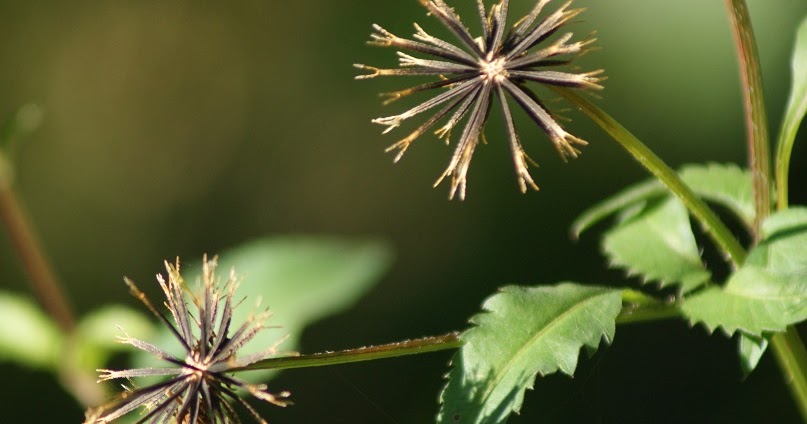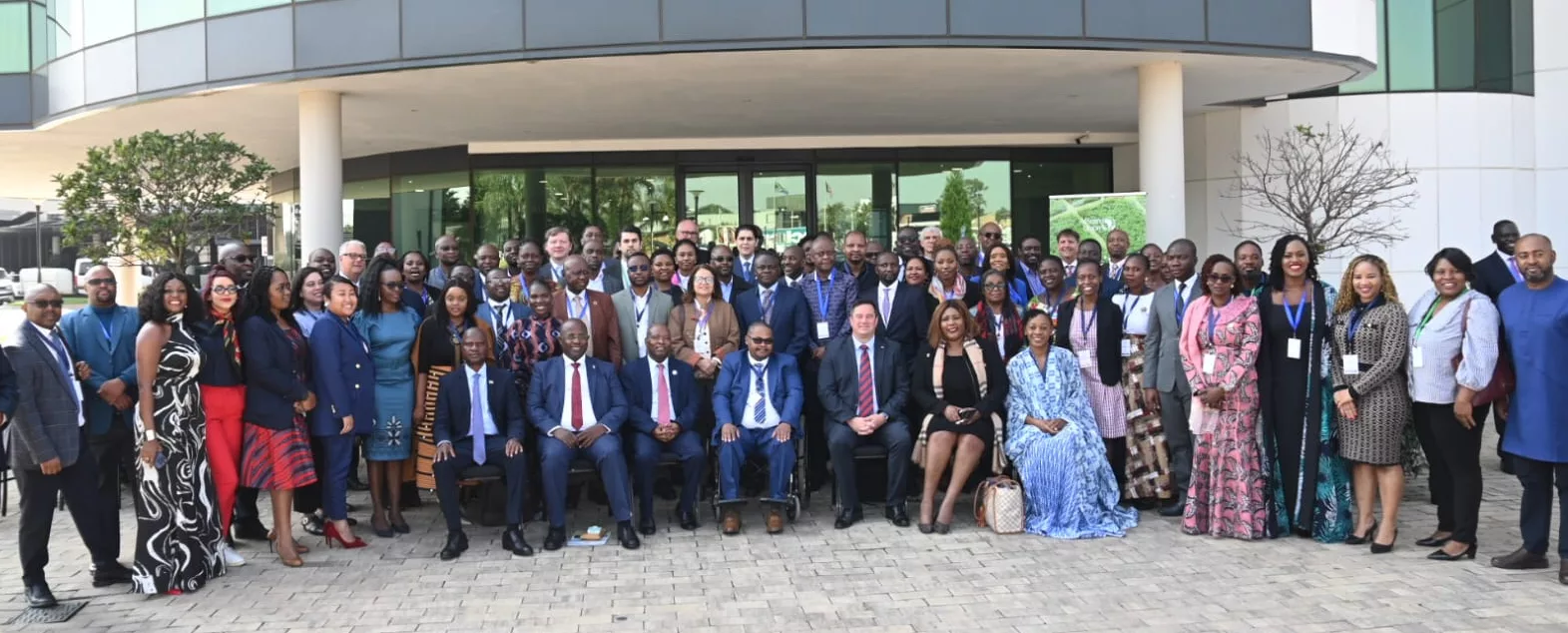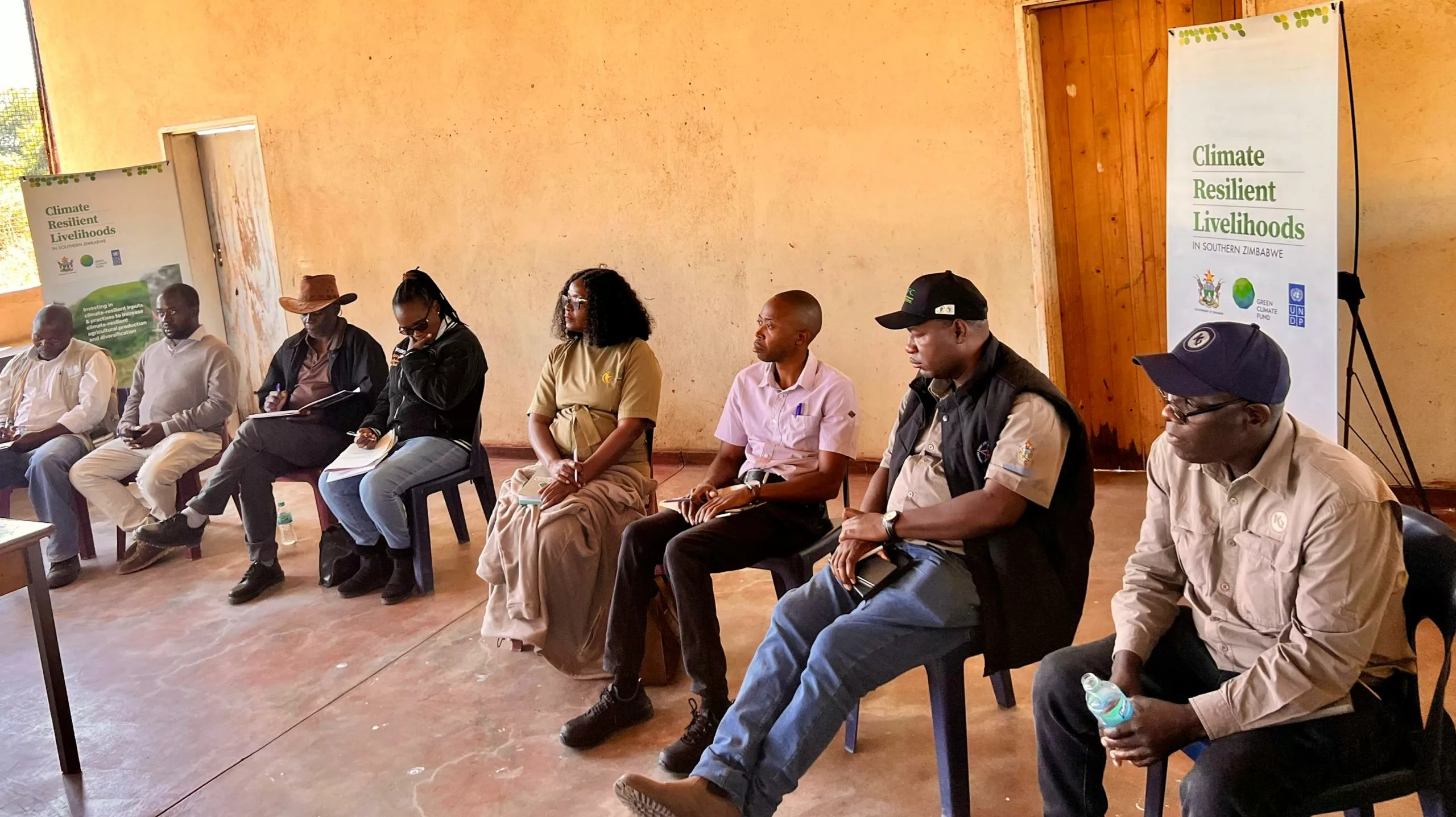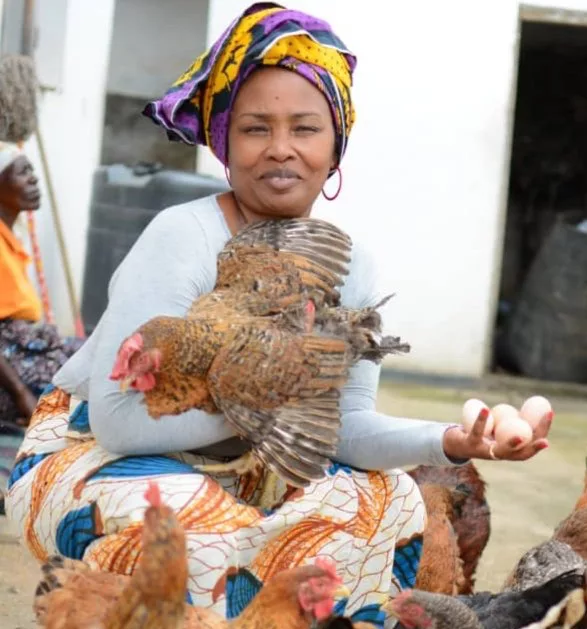By John Wilson
Following up on the theme of changing our ‘machine’-leaning mindsets, whenever we are dealing with life and not machines, I’ve been giving plenty of thought the last few weeks to what most people call ‘weeds’. Many people don’t like this term, especially those who eat them. I’m one of those. My laptop dictionary defines a weed as: “a wild plant growing where it is not wanted and in competition with cultivated plants.”
All good agroecology/natural farmers I know look to their main source of learning as Nature. Knowledge can come from many places but their primary teacher is Nature. So, with that in mind, what is Nature’s teaching us with its use of ‘weeds’?
In my food garden, I have a number of different kinds of weeds, which I prefer to call self-seeding plants. There are all those that are prolific everywhere such as blackjack (tsine), different varieties of amaranth, spider plant (nyeve), purslane, tithonia (wild sunflower), wild okra (derere). All these are nutritious and tasty plants except tithonia which is excellent for compost or biofertilizer as it’s known to be high in nutrients.
Then there are a number of others that don’t seem to have any direct use to us. But not forgetting that all plants are photosynthesising and so feeding the soil via their root exudates and providing soil cover. I also have many other plants that self-seed that we eat that don’t tend to be called weeds, such as magaka (horned cucumber), small eggplant, rosella, small yellow tomato, and japanese radish/daikon. And then there are a number of legumes that have also become self-seeding to some extent, such as sesbania, golden gram, velvet bean, and one creeping variety of cowpea (nyemba).
Nature hates bare ground. Ever since pedogenesis (soil formation) started hundreds of millions of years ago, when fungi joined forces with algae to establish lichen, creating a partnership to break rocks down into the soil, Nature has worked hard to keep the soil covered.
So, when there’s bare ground, Nature brings in those plants that can most quickly regenerate that degraded soil – any bare ground is degraded and degrading. These are vigorous, often quite deep-rooted plants, deep-rooted as annuals that are, obviously not deep-rooted like a tree. They grow quickly and survive dry spells during the rainy season.
Their job is to cover the bare ground as quickly as possible, exude carbohydrates into the soil from their roots in order to feed microbes, and thus start to bring the dead or nearly dead soil alive again, and get the soil breathing. They do this job exceptionally well, which makes me wonder why we don’t consciously use them more.
My approach in my food garden has so far always been to enjoy the value of these plants as edible and as a good supply of compost material or mulch. We let them come up where they choose, in other words self-seeding. We manage them as needed. But this year I’m also going to collect seed from selected plants, these are already ear-marked, and then try using them more consciously for their value. I will collect seed from: our different amaranths, black jack, wild okra, spider plant, and perhaps tithonia.
The core principles for soil health and good functioning are:
– Keep the soil covered at all times
– Have a diversity of plants growing
– Have green plants growing for as long as possible throughout the year
– Minimal disturbance of the soil.
With those in mind I have this idea: to dry sow in lines in my small cropping areas a variety of these plants in September before the rains arrive. I will also inoculate them with native microbes. They will germinate with any early rains in October and start growing and making the soil active and alive again. They will also give us nutritious greens to eat. Then in about mid to late November, depending on the rains of course, I will cut them back as mulch and sow my mixed food crops, whatever they may be for that area. Perhaps I will even leave them growing and sow the other crops between them and only cut them back once the others have germinated.
Above the ground the cut-back material will provide mulch and below the ground the roots will add to organic matter. One thing coming out of research is that young plants exude carbohydrates into the soil much more than older plants. I’ve read of young plants exuding around 90% of the energy they capture from the sun through photosynthesis. So those young ‘weeds’ will have really woken the soil life up in their short life. Of course, if there are no early rains this will not be possible.
I’m sure there are probably a number of other possibilities for using these vigorous, pioneering plants, some of which are highly nutritious and have been given to us by Nature but we have reduced them to a derogatory name!
Some people may say that this means more labour and labour is often short. I agree that’s a key issue but that’s just one of the issues we have to get around. Whatever the situation, we have to find ways to revitalize our soils everywhere, that’s one of the foundations to taking agroecology forward. It won’t be easy. Let’s keep trying out different things, sharing and advancing our practices. I believe we have to keep searching for new methods.
I’m re-reading the classic book that came out in 1976 called The One Straw Revolution by Masanobu Fukuoka about his natural farming in Japan. What a brilliant smallholder farmer he was. One of his secrets was that he kept trying different things out, while always following the principles of natural farming.
He kept on learning and found ways forward for his unique context (i.e his small farm), until he became highly productive, his grain yields equalling the highest of those using chemicals and without the costs and destruction to life that those cause of course. Many of his methods were considered ‘crazy’, which perhaps illustrates how different a mindset we might need in order to really take agroecology forward. He also didn’t get stuck with traditional Japanese farming methods.
He had enormous respect for those methods and the wisdom behind them and learnt a lot from them, but he also kept saying, maybe we can do better? Again, it comes back to where we learn from, traditional practices is one, often very good, a place to learn, but in the end in terms of our use of the land, Nature will be our best teacher. After all, Nature has been going far longer than any humans.
It would be great to hear from any of you about your experience with, perspective on, use of, or ‘crazy’ idea about these plants.






